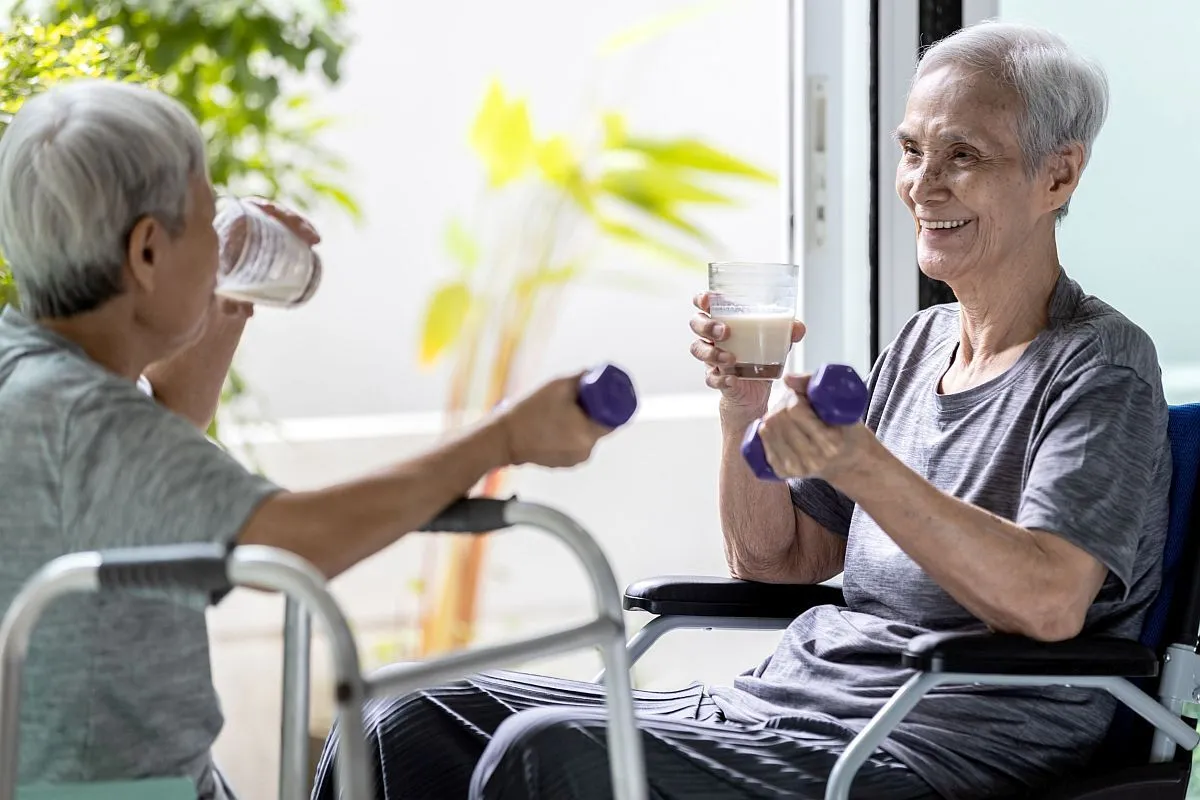Clinical trial recruitment remains challenging. Recruiting a sufficiently diverse patient cohort to provide high-quality, representative results remains even more daunting. It’s not just members of minority groups that are underrepresented in clinical trials. Patients who live outside of urban centers and the elderly tend to be marginalized as well.
Decentralized clinical trials offer one way to help researchers build a more diverse patient group. Decentralized trials can also help reduce the impact of unconscious bias, allowing researchers to diversify enrollment and build a more reliable data set.
How Unconscious Bias Affects Clinical Trials
Unconscious bias occurs when the brain takes shortcuts rather than reaching conscious, considered conclusions. Feeling an automatic affinity for someone who comes from one’s hometown or alma mater is one common example.
Unconscious bias can be difficult to combat precisely because it works below the level of conscious awareness. Bias-related training is often insufficient to dislodge unconscious bias. Yet this bias can make clinical trial recruiting and retention even harder.
Non-Representative Patient Populations
One challenge for clinical trial recruitment is the relatively low rate of patient participation. Fewer than 5 percent of all cancer patients enroll in clinical trials for new cancer treatments, according to Carmen E. Guerra and fellow authors.
Even within this 5 percent, participation doesn’t reflect the demographic makeup of cancer patients or the broader population. “Minority groups, elderly individuals, and rural populations are particularly underrepresented in cancer treatment trials,” write Guerra et al.
Lack of intersectionality in data collection itself poses another challenge for creating a diverse trial cohort. In a 2022 study, researchers Barbara A. Bierer, Laura G. Meloney, Hayat R. Ahmed, and Sarah A. White examined several clinical trial data sets. They discovered that a lack of intersectional data sets makes it difficult or impossible to explore results for people who are members of more than one minority group.
“The proportion of women is reported, the proportion of Black or African American people is reported, but the number of women who are Black or African American is not,” the researchers write, citing just one example.
Such failures to collect intersectional data also represent a form of unconscious bias. They illustrate an underlying assumption that each patient falls into only one category of diversity or difference. In fact, patients may fall into several categories at once.
The Exclusion of Some Patients
Lack of access to healthcare may play a role in keeping some patient groups out of clinical trials. In a 2022 study published in the Journal of Clinical Oncology, Andrea N. Riner and fellow researchers examine eligibility criteria as they relate to patients screened for participation in a clinical cancer trial.
The researchers found that Black patients are more likely to be excluded from the study due to underlying medical conditions unrelated to their cancer, like uncontrolled Type 2 diabetes — conditions that can be addressed through health care access outside of the clinical trial setting.
This compounding effect may also be the result of unconscious bias at other stages in the healthcare process. Greater awareness of the role of unconscious bias can help the entire medical field offer better care and secure better outcomes.

Decentralized Trials and Diverse Patient Populations
“The demographics of participants in clinical trials are skewed in comparison to any given population,” write Christian Rubio and Scott Schliebner in Applied Clinical Trials. For example:
- Latinx Americans constitute about 18 percent of the U.S. population but less than 1 percent of clinical trial participants.
- Black Americans constitute about 13 percent of the U.S. population but only 5 percent of clinical trial participants.
- Asian Americans constitute about 5 percent of the U.S. population but only 2 percent of clinical trial participants.
“The lack of diversity isn’t just a moral issue—it’s an issue that has scientific and global health implications,” Rubio and Schliebner write. Non-representative patient populations result in skewed data, which can mean that drugs go to market despite posing outsized risks to certain population groups — risks that might have been identified in a representative clinical trial cohort.
James J. Gillespie and Joseph P. Gaspero of the Center for Healthcare Innovation identify three reasons clinical trials need diverse participants:
- To provide more data on effective, efficient, and safe medical treatments.
- To build public confidence in clinical trial recruiting and data processes.
- To reduce health disparities, particularly in the creation and distribution of treatments for rare diseases when few or no alternatives may be available.
Lack of patient awareness is a driving factor in lack of patient participation. “Patients from certain racial/ethnic minorities do not even consider participation in clinical trials or are often not even asked to participate,” write Gillespie and Gaspero.
Failure to extend invitations to these patient groups may be the result of unconscious bias. If clinical trial teams don’t think to invite patients to participate, patients lose the opportunity to do so.

Tools for Combating Bias in a Decentralized Trial
When asked whether they want to participate in a clinical trial, Black and white patients tend to say yes at about the same rate. Both groups are about 50 percent yes, says Carmen Guerra, vice chair of diversity and inclusion at the University of Pennsylvania Department of Medicine. Often, the first step to fostering more diversity in patient populations is simply to ask.
But asking is only the first step. Once patients have expressed interest, says Guerra, their thoughts move to the logistics of clinical trial participation. Issues that can cause minority patients to drop out of clinical trials include:
- Can I take the time off work? U.S. households headed by a member of a racial or ethnic minority, by a woman, or both tend to have tighter budgets — which means these participants may sacrifice clinical trial participation in favor of work.
- What will get left undone if I do this clinical trial? Women continue to shoulder a disproportionate amount of household work, making them more likely to weigh the time cost of clinical trial participation against their home obligations — and side in favor of existing responsibilities.
- What will all this cost me? Transportation costs loom large for many people, particularly members of historically underpaid demographic groups. Elderly patients on fixed incomes, with limited mobility options, may also opt out due to transportation concerns.
For clinical trial teams who can afford to take time from work, to balance their responsibilities, and to cover transportation, unconscious bias may prevent them from considering that not all eligible clinical trial participants are in the same position.
Decentralized clinical trials can help address skewed patient populations in several ways. For example:
- Decentralized trials can reduce the amount of time participants spend away from work or home, making the trial one more manageable task instead of one thing too many.
- Decentralized trials reduce the time and expense of travel, making participation more accessible to elderly participants and those with limited transportation options.
To diversify patient populations in clinical trials, clinical trial teams may also begin by diversifying their own ranks. In a 2022 article in Psychiatry Research, Laila Asmal, Gemma Lamp, and Eric J. Tan argue that greater diversity, equity, and inclusion on research teams could reduce overall bias, helping teams create more diverse and representative clinical trial patient cohorts.
Finally, clinical trial intelligence software has an important role to play in promoting diversity and inclusion in research. Our TA Scan, for example, can pull together a variety of data sources to help trial designers learn more about a given area’s demographics or socioeconomic makeup. That data can be visualized and combined with data about investigators or trial site locations. This helps our clients consolidate their site selection and diversity strategies.
Unconscious bias and other hurdles continue to impact efforts to create representative cross-sections within patient cohorts. By using decentralized trial technologies, clinical trial teams can disrupt unconscious bias and build more diverse patient groups.
Images by: chai89/©123RF.com, picsfive/©123RF.com, maposan/©123RF.com
